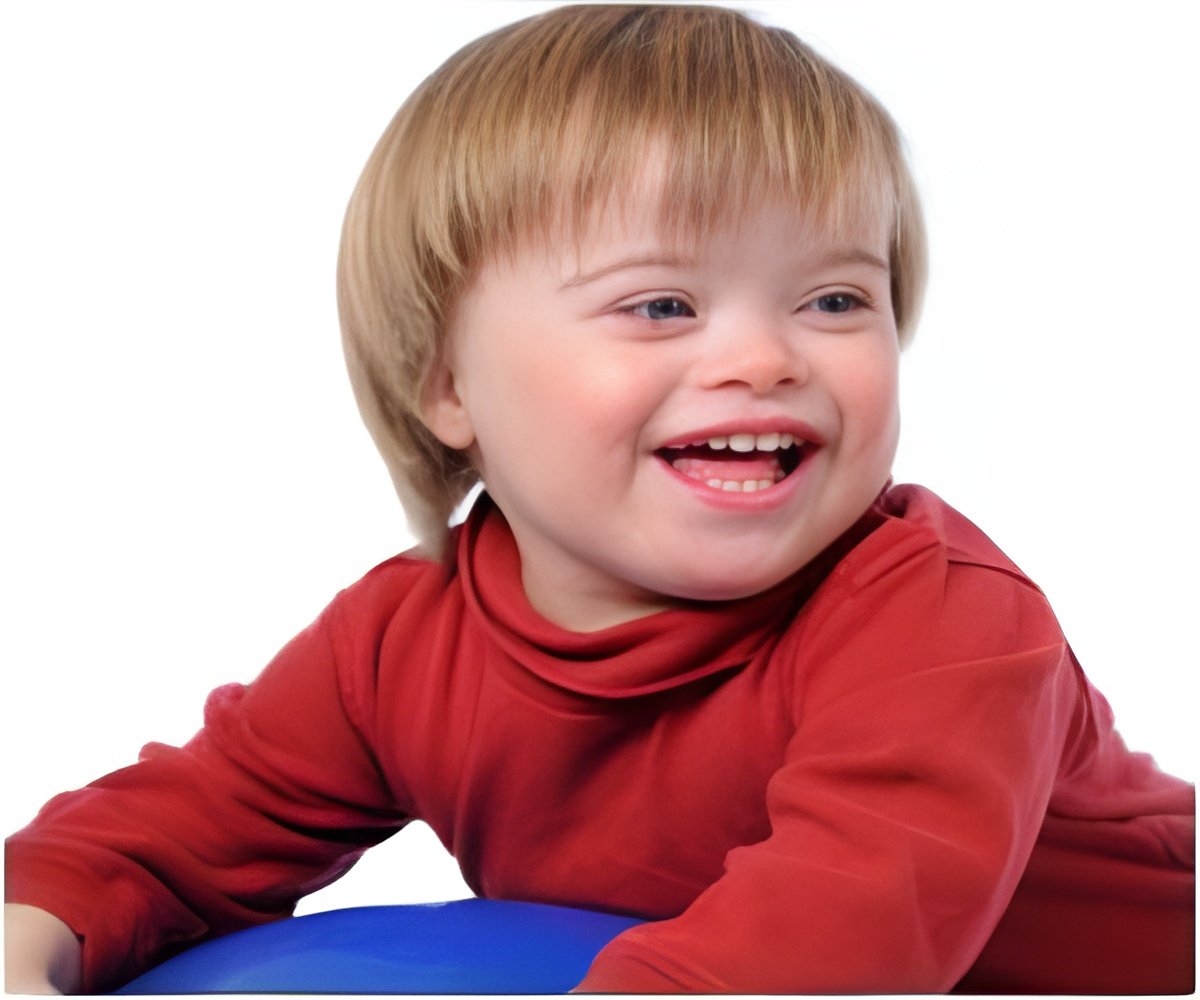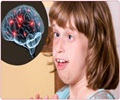A new study has found a link between prenatal maternal stress and symptoms of asthma and autism in children

The team emphasizes that the children in Project Ice Storm are not autistic; the results describe normal variations among children. These traits include difficulty making friends, being clumsy, speaking in odd ways, etc. The effect of the mothers' ice storm stress was especially strong when the ice storm happened in the first trimester of pregnancy.
Interestingly, the children with the most severe symptoms had mothers who had had high levels of hardship from the ice storm but low levels of distress. "We have found effects of the mothers' objective hardship from the ice storm (such as the number of days without electricity), or their degree of distress from the storm, on every aspect of child development that we have studied, said Suzanne King, PhD, the senior author of the paper.
This is surprising, since the children in our study are mostly from upper class families and are generally doing extremely well in school and in life. "In May, the team reported in the journal Biomedical Research International that girls whose mothers had had high levels of distress after the ice storm were more likely to have experienced wheezing, to have been diagnosed with asthma by a doctor, and to have been prescribed asthma medication before the age of 12."
There was no effect in boys, and there was no effect of the mothers' objective hardship. These results demonstrate the power of a stressor in pregnancy to influence both the physical development and the mental health of the unborn child. Project Ice Storm continues to follow the children's development, including brain MRI scans at the age of 16 years starting in September.
"If the stress of the ice storm could have such large effects on these children, helping to explain why some are sicker than others or have more atypical development than others, added Suzanne King, how much greater would the effects be with an even more stressful event in pregnancy or in disadvantaged families with fewer resources? Our research is showing us how vulnerable the unborn child is to his mother's environment and her mood."
Advertisement
Source-Eurekalert













